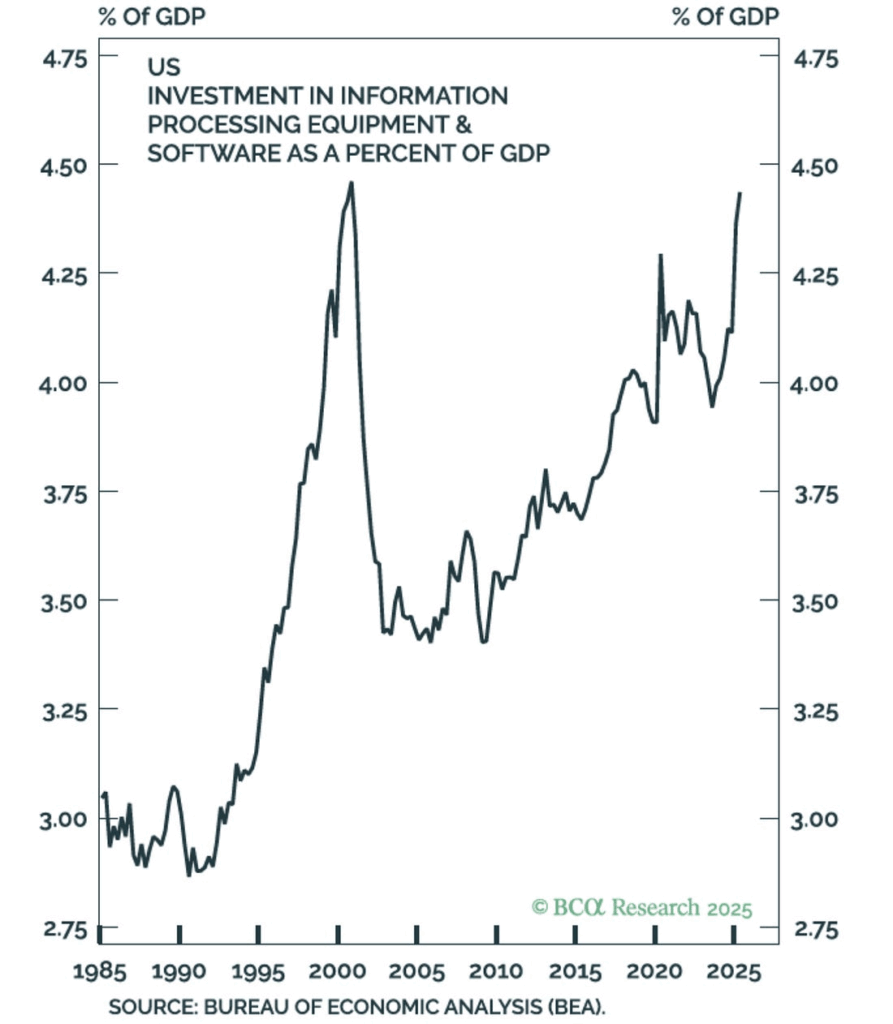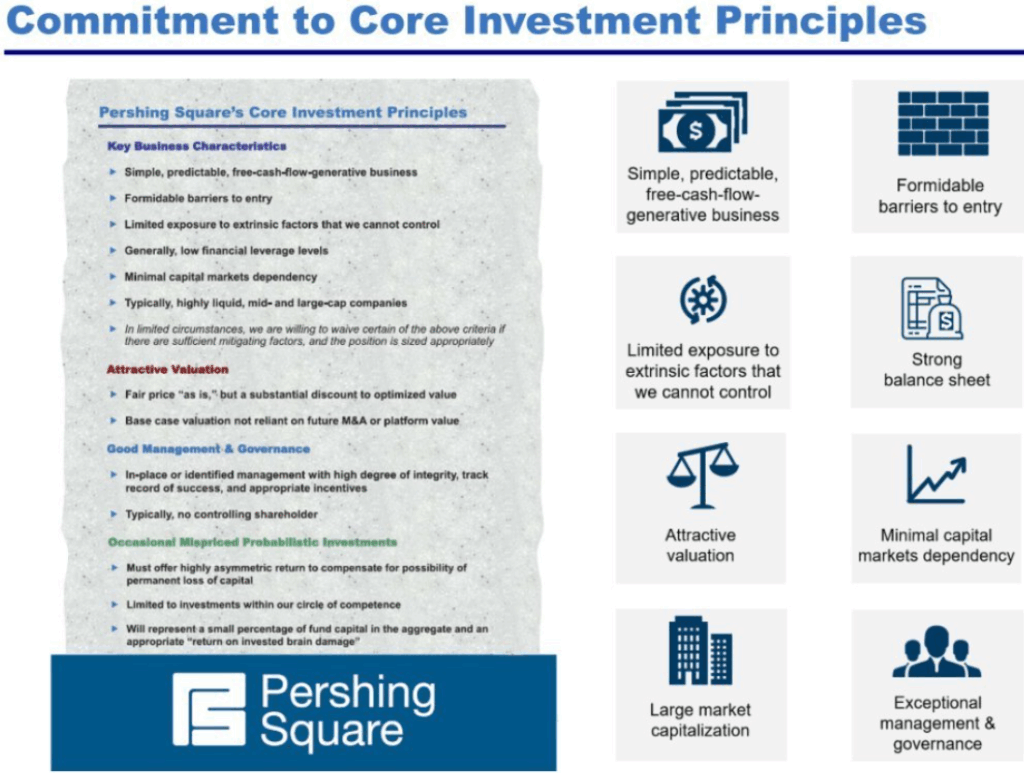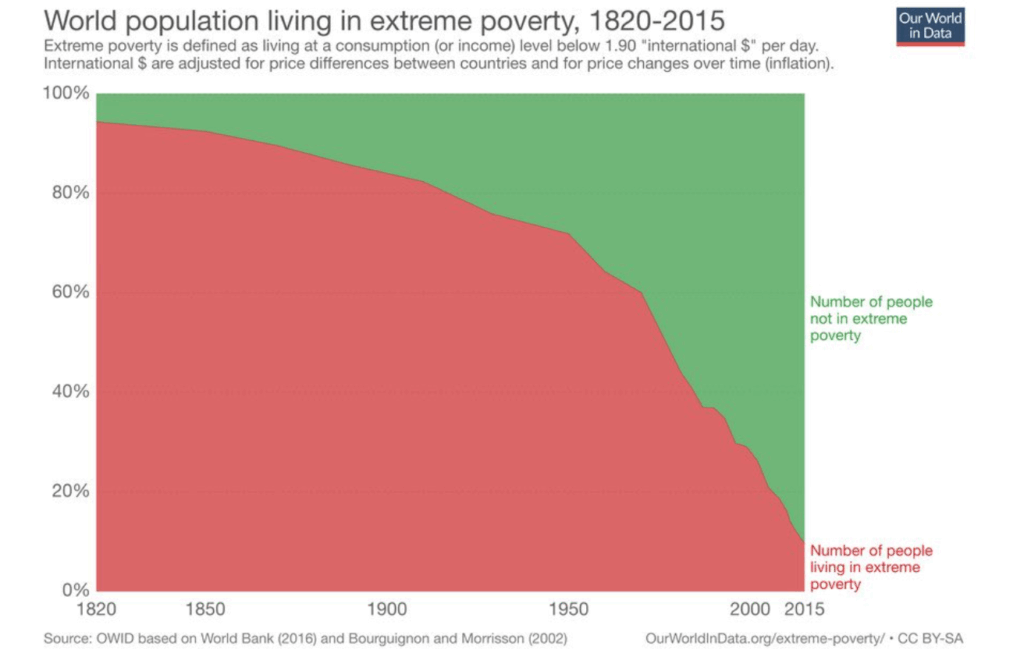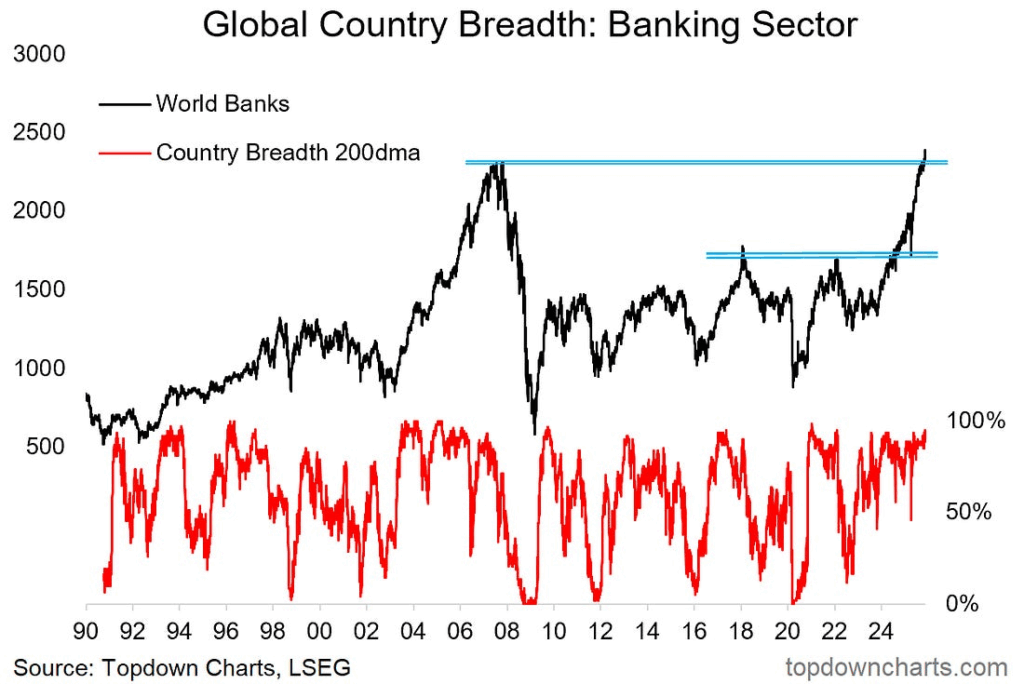1. Cash on Big Tech Balance Sheets

WSJ
2. SoftBank Stock -46% from Highs…Approaching 200day

StockCharts
3. Three Weeks of Redemptions Leveraged ETFs
Last week both SPX and NDX leveraged ETF AUMs dropped for a third week to the least since Aug from the 52-week highs three weeks ago.

Zach Goldberg Jefferies
4. Oil Trading at 4.5 Year Lows

Barchart
5. UBER Failed 4x to Breakout…..-18% from Highs

StockCharts
6. Disney in Purple Negative 10-Year Returns

YCharts
7. AI Mega Deals Dominate Q3 2025

PitchBook
8. Massive Scramble to Launch ETFs
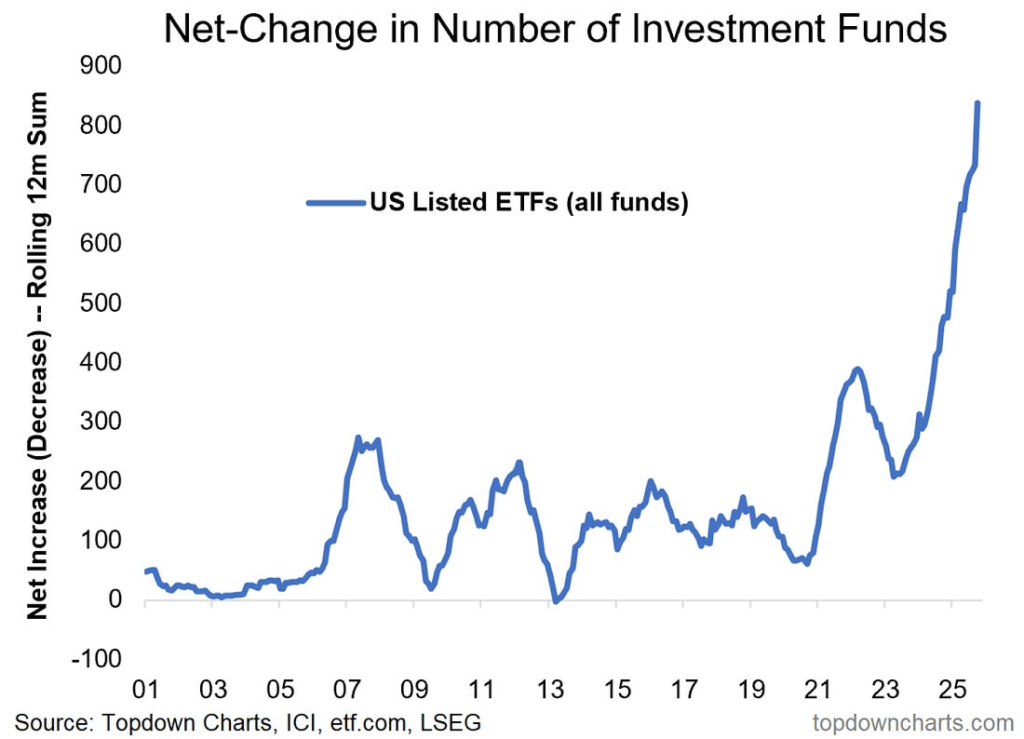
Topdown Charts
9. Human Brain has 5 Distinct Epics
By Evan Bush
As we age, the human brain rewires itself.
The process happens in distinct phases, or “epochs,” according to new research, as the structure of our neural networks changes and our brains reconfigure how we think and process information.
For the first time, scientists say they’ve identified four distinct turning points between those phases in an average brain: at ages 9, 32, 66 and 83. During each epoch between those years, our brains show markedly different characteristics in brain architecture, they say.
The findings, published Tuesday in the journal Nature Communications, suggest that human cognition does not simply increase with age until a peak, then decline. In fact, the phase from ages 9 to 32 is the only time in life when our neural networks are becoming increasingly efficient, according to the research.
During the adulthood phase, from 32 to 66, the average person’s brain architecture essentially stabilizes without major changes, at a time when researchers think people are generally plateauing in intelligence and personality.
And in the years after the last turning point — 83 and beyond — the brain becomes increasingly reliant on individual regions as connections between them begin to wither away.
“It’s not a linear progression,” said Alexa Mousley, a postdoctoral researcher associate at the University of Cambridge, who is the study’s lead author. “This is the first step of understanding the way the brain’s changing fluctuates based on age.”
03:59
The findings could help identify why mental health and neurological conditions develop during particular phases of rewiring.
Rick Betzel, a professor of neuroscience at the University of Minnesota who was not involved in the research, said the findings are intriguing, but more data is needed to support the conclusions. The theories may not hold up to scrutiny over time, he said.
“They did this really ambitious thing,” Betzel said of the study. “Let’s see where it stands in a few years.”
For their research, Mousley and her colleagues analyzed MRI diffusion scans — which are essentially images of how water molecules move within the brain — from about 3,800 people from newborns to age 90. The goal was to map the neural connections across the average person’s brain at different stages in life.
In the brain, the bundles of nerve fibers that transfer signals are encapsulated in fatty tissue called myelin. Think of it like wiring or plumbing. Water molecules diffused in the brain tend to move in the direction of these fibers, rather than across them, meaning researchers can infer where the neural pathways are located.
“We can’t crack open skulls … we rely on non-invasive approaches,” Betzel said of this type of neuroscience research. “What we’re trying to figure out is where these fiber bundles are at.”
Based on the MRI scans, the new study maps the neural network of an average person across a lifespan, determining where connections are strengthening or weakening. The five “epochs” it describes are based on the neural connections the researchers observed.
The first phase is up to age 9, they suggest. The brain rapidly increases in gray and white matter; it prunes extra synapses and restructures itself.
From ages 9 to 32, there is an extended period of rewiring. The brain is defined by rapid communication across the entire brain and efficient connections between different regions.
Most mental health disorders are diagnosed during this time period, Mousely said: “Is there something about this second era of life, as we find it, that could lead people to be more vulnerable to the onset of mental health disorders?”
From 32 to 66, the brain plateaus. It’s still rewiring itself, but less dramatically and more slowly.
Then, from 66 to age of 83, the brain tends toward “modularity,” where the neural network is divided into highly connected subnetworks with less central integration. At age 83, connectivity declines further.
Betzel said the theory described in the study likely jives with people’s lived experiences with aging and cognition.
“It’s intuitively something we gravitate towards. I have two kids and they’re really young. I think all of the time, ‘I’m getting out of my toddler era,’” Betzel said. “Maybe the science ends up being there. But are those the exact right ages? I don’t know.”
In the ideal version of a study like this, he added, the researchers would have MRI diffusion data for a large group of people, each of whom were scanned during every year of life from birth to death. But that wasn’t possible because the technology wasn’t available decades ago.
Instead, the researchers combined nine different data sets containing neuroimaging from previous studies and attempted to harmonize them.
Betzel said each of those data sets varies in quality and approach, and the effort to make them correspond with one another could wash away important variability, ultimately leading to bias in the results.
Nonetheless, he said the authors of the paper are “thoughtful” and skilled scientists who did their best to control for that possibility.
“Brain networks change over the lifespan — absolutely. Is it discrete such that there are five exact change points? I’d say stay tuned. It’s an interesting idea.”
https://www.nbcnews.com/science/science-news/human-brains-5-epochs-development-rcna245663
10. This Tool Could Help Prevent Dementia
Psychology Today 5 ways to boost your brain reserve today. Austin Perlmutter M.D.
Key points
- Cognitive decline starts decades before dementia diagnosis, but higher cognitive reserve can delay symptoms.
- Education, complex work, and active learning could reduce dementia risk.
- Exercise, social ties, and new experiences help grow brain networks and boost cognitive reserve.
With dementia now estimated to impact 42 percent of people who make it past age 55, everyone should be taking steps to help decrease their risk for developing the condition. Yet while much of the conversation focuses on supplements, diet, and pharmaceuticals, one of the less publicized tools to mitigate risk could be one of the most important.
For background, it’s key to understand that, as it relates to dementia, brain changes can begin decades before a person experiences symptoms of cognitive decline. Yet not all people with dementia-related changes in their brains experience clinical dementia, and there are major differences in the severity of cognitive impairment, even in people with similar brain pathology (like amyloid buildup). But why?
A major breakthrough in unpacking this complexity came from a 1994 study in the Journal of the American Medical Association (JAMA). In this publication, Yaakov Stern and his co-investigators looked at about 600 healthy adults aged 60 years or older and followed them for up to four years to look for the development of dementia. They discovered that people who had more formal education or more complex occupations had a significantly lower chance (less than half) of developing dementia. They proposed that “increased educational and occupational attainment may reduce the risk of incident [Alzheimer’s disease], either by decreasing ease of clinical detection of AD or by imparting a reserve that delays the onset of clinical manifestations.”
This early work has since been expanded, and the framework described by the early work is now classified as “cognitive reserve” (CR). There is now an increased understanding that multiple methods of expanding brain connectivity and even growth of new brain cells could help to delay or potentially even offset the risk of developing dementia. Many now recommend various steps to help raise CR, which, in addition to pursuing formal education and engaging in cognitively demanding tasks (e.g., a complex job), include certain leisure activities, exercise, and social engagement.
It is important to note that the brain protection associated with higher CR isn’t necessarily a prevention of dementia itself, but rather, may promote a delayed decline. Research recently published in the journal Neurology suggests that having higher CR leads to a slowing of progression in stages of brain decline that precede a diagnosis of Alzheimer’s disease, potentially compressing the cognitive impairment into a shorter period of time after dementia is present. With all this in mind, what are practical strategies to help boost CR?
- Lifelong Learning: Education is one of the strongest contributors to CR. Higher educational attainment is linked to a significantly lower dementia risk in many studies, including up to a 44 percent reduction in some data. Importantly, this isn’t just about early life schooling. Learning later in life is an excellent step to continue to promote CR.
- Cognitive Training: In one of the largest trials of its type, researchers in the ACTIVE Cognitive Training Trial tested whether 10 sessions of cognitive training (plus boosters after 11 and 35 months) could lead to improvements in cognition in around 3,000 people. They found that reasoning and speed training led to improvements in brain function observable 10 years later.
- Physical Activity: Regular physical activity may be the most important daily activity for promoting brain health, but, specific to cognitive reserve, aerobic and resistance exercises may be especially beneficial for growing brain cells and protecting against dementia. One of the most striking examples is a 2011 study showing that one year of exercise (specifically walking) appeared to grow the brain’s memory center (the hippocampus).
- Social Engagement: Strong and positive social interactions have been consistently linked with better brain health, but how? In a 2021 publication, researchers compared people’s social networks to brain imaging (MRI) testing. They found that people with more ability to span social roles had better cognitive testing and that this was linked to slowing of atrophy in parts of the brain linked to social processing.
- Novelty: Our brains are tasked with responding to an incredible diversity of environmental inputs. However, consistently challenging ourselves with new experiences may be a way to beneficially augment this process to boost CR. To this end, learning a new instrument or a new language, traveling, or picking up a new hobby are great ways to inject novelty into your life.


